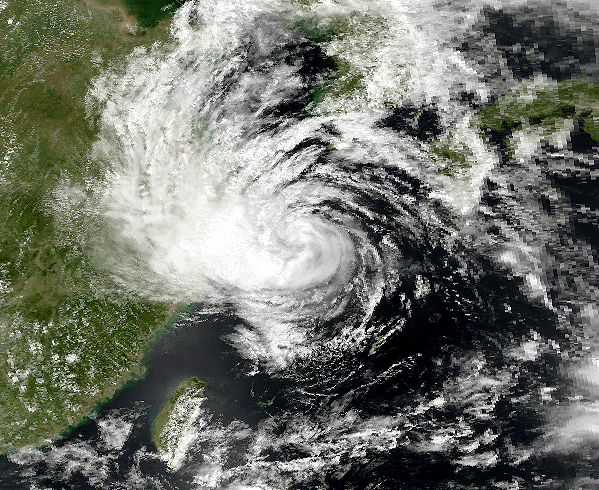 The mood has changed in international markets. Investors are becoming more pessimistic about recovery in the world economy and of the likely direction of share prices. Concern has centred on the Chinese economy. Forecasts are for slower Chinese growth (but still around 5 to 7 per cent) and worries centre on the impact of this on the demand for other countries’ exports.
The mood has changed in international markets. Investors are becoming more pessimistic about recovery in the world economy and of the likely direction of share prices. Concern has centred on the Chinese economy. Forecasts are for slower Chinese growth (but still around 5 to 7 per cent) and worries centre on the impact of this on the demand for other countries’ exports.
The Chinese stock market has been undergoing turmoil over the past few weeks, and this has added to jitters on other stock markets around the world. Between the 5th and 24th of August, the FTSE 100 fell by 12.6%, from 6752 to 5898; the German DAX fell by 17.1% from 11,636 to 9648 and the US DOW Jones by 10.7% from 17,546 to 15,666. Although markets have recovered somewhat since, they are very volatile and well below their peaks earlier this year.
But are investors right to be worried? Will a ‘contagion’ spread from China to the rest of the world, and especially to its major suppliers of raw materials, such as Australia, and manufactured exports, such as the USA and Germany? Will other south-east Asian countries continue to slow? Will worries lead to continued falls in stock markets as pessimism becomes more entrenched? Will this then impact on the real economy and lead then to even further falls in share prices and further falls in aggregate demand?
Or will the mood of pessimism evaporate as the Chinese economy continues to grow, albeit at a slightly slower rate? Indeed, will the Chinese authorities introduce further stimulus measures (see the News items What a devalued yuan means to the rest of the world and The Shanghai Stock Exchange: a burst bubble?), such as significant quantitative easing (QE)? Has the current slowing in China been caused, at least in part, by a lack of expansion of the monetary base – an issue that the Chinese central bank may well address?
Will other central banks, such as the Fed and the Bank of England, delay interest rate rises? Will the huge QE programme by the ECB, which is scheduled to continue at €60 billion until at least September 2016, give a significant boost to recovery in Europe and beyond?
The following articles explore these questions.
Articles
The Guardian view on China’s meltdown: the end of a flawed globalisation The Guardian, Editorial (1/9/15)
Central banks can do nothing more to insulate us from the Asian winter The Guardian, Business leader (6/9/15)
Where are Asia’s economies heading BBC News, Karishma Vaswani (4/9/15)
How China’s cash injections add up to quantitative squeezing The Economist (7/9/14)
Nouriel Roubini dismisses China scare as false alarm, stuns with optimism The Telegraph, Ambrose Evans-Pritchard (4/9/15)
 Markets Are Too Pessimistic About Chinese Growth Bloomberg, Nouriel Roubini (4/9/15)
Markets Are Too Pessimistic About Chinese Growth Bloomberg, Nouriel Roubini (4/9/15)
Data
World Economic Outlook databases IMF: see, for example, data on China, including GDP growth forecasts.
Market Data Yahoo: see, for example, FTSE 100 data.
Questions
- How do open-market operations work? Why may QE be described as an extreme form of open-market operations?
- Examine whether or not the Chinese authorities have been engaging in monetary expansion or monetary tightening.
- Is an expansion of the monetary base necessary for there to be a growth in broad money?
- Why might the process of globalisation over the past 20 or so years be described a ‘flawed’?
- Why have Chinese stock markets been so volatile in recent weeks? How seriously should investors elsewhere take the large falls in share prices on the Chinese markets?
- Would it be fair to describe the Chinese economy as ‘unstable, unbalanced, uncoordinated and unsustainable’?
- What is the outlook over the next couple of years for Asian economies? Explain.
- For what reasons might stock markets have overshot in a downward direction?
